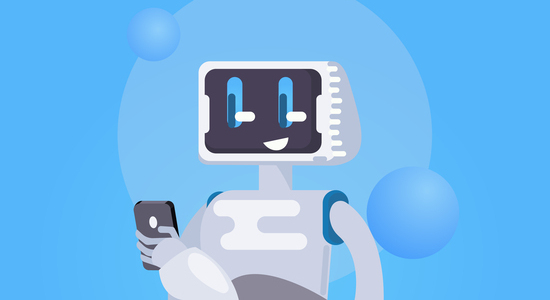- Resources
- Experiencing Contact Centers in 2019
Experiencing Contact Centers in 2019

This year, UX design in contact centers will be the deliberate process of shaping how your customers, agents, and managers interact with the brand new technologies on offer.
Bots that can have near-human conversations. Digital assistants calling contact centers for their owners. Artificial intelligence predicting customer behavior.
We’ve covered the expected contact center technology trends for 2019 in our blog and been quoted in other media.
But what will these trends mean for UX design?
If 2018 was the year for giving UX or user experience design its due, 2019 will be the year to take this experience to a new level. And it will all be done with the customer at the center of it.
Let us look at some of some UX design trends that promise to make the New Year an exciting time for businesses:
The omnichannel experience will need to be seamless
New channels will allow you to carpet bomb cyberspace and the customer’s psyche with your presence. Businesses will make sure customers can get in touch with them through multiple channels – social media, apps, websites, digital assistants. A customer can simply ask his or her digital assistant to order for grocery from an online store and follow up on the order using the app.
UX design will have to ensure that this cross-channel communication is seamless and the experience consistent. No speed bumps when moving from the app to the website. A customer should be able to start interacting with one channel and effortlessly port to another when needed.
To enable this, you may decide to have a dedicated customer service team to monitor communication across channels. You may need to ensure auto logging of complaints against a single ticket, irrespective of whether they are lodged via phone or chat or social media. You may think of combining channels, for example making voice interactions available on your chat window. Or allowing your Facebook or WhatsApp messaging to seamlessly escalate to a voice conversation.
Voice bot interactions will need to be customer-centric
Voice bot interactions will be a reality in 2019. They will answer the need for improving self-service, scaling customer support, reducing agent load and improving efficiency in both sales and support functions. Intelligent voice bots that can mimic human conversations will be very useful. They will speak to multiple customers at a time, yet make each customer feel like they are talking only to them. They will pause when a customer interrupts them. They will use their Natural Language Processing capabilities to speak the customer’s language. They will listen and talk at the same time. Basically, they can closely mimic human speech capabilities. Designing voice interactions for improving the speed of transactions and overall Csat will be a huge focus in 2019.
AI will define and improve agents’ access to information
As we’ve mentioned previously, UX design in the contact center affects three stakeholders: customers, agents, and managers. How will agents benefit from the new technologies? Artificial Intelligence will be able to sift through information about customers from channels such as CRM data and browsing stats to understand and predict their behavior. Contact centers will need to define skills and route these calls to agents best equipped to handle them. These agents, armed with the customer’s background and context of the call, can easily access information and resolve issues faster.
QA & Monitoring will become easier
In 2019, UX design will aim to make the job of contact center supervisors easier. All call monitoring and quality assurance processes will be automated. Systems will be programmed to sift through calls, recognize certain keywords and markers and identify calls most relevant to the parameters the supervisor or QA team is looking at. The tedious process of listening to hundreds of calls all day to judge agent performance will be a thing of the past. AI can also be used to make a contact center manager’s job simple. Say, a manager is looking only at two or three metrics to judge performance. An AI-powered system will highlight only those metrics to save him or her the trouble of going through loads of data.
Designing good self-service will be the key
One of the keys to successful user experience design in 2019 will be knowing when to assist customers and when to step back. Intelligent technology is not meant to dumb things down for users but respect their intelligence and know just how much information they need and how they want it. Businesses will have to study a customer’s preferences for self-service IVR menus, for instance, versus human interaction. Sometimes issues are too complex for programmed self-service processes and need the human touch. So knowing what your customers prefer will help you decide what to invest in more – digital technology or human resources.
The New Year will bring in new research and new technology. But none of that can and should replace human interaction. UX design that finds the right mix of artificial and human intelligence will give the business a definitive edge over the competition.







